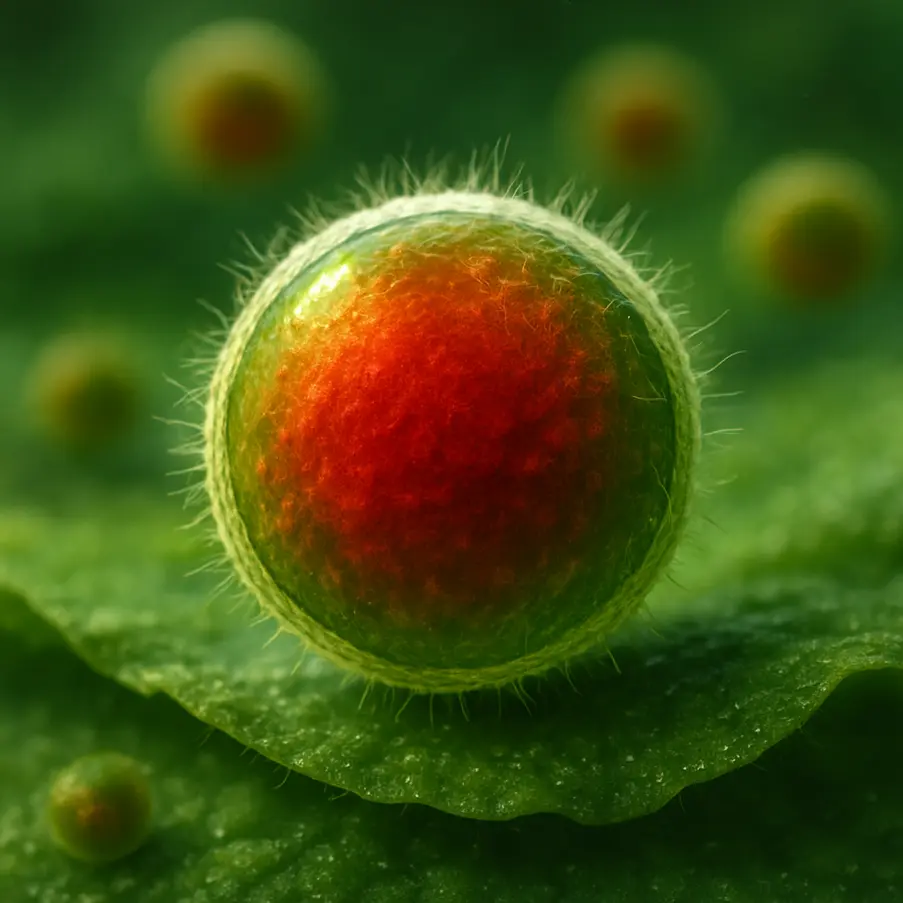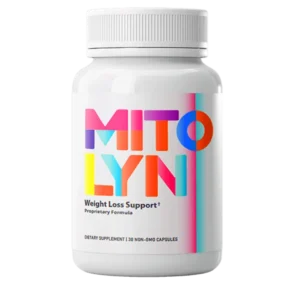Haematococcus Pluvialis Benefits
Haematococcus Pluvialis, a remarkable single-celled algae, has garnered attention in recent years for its potent antioxidant properties. Known primarily for its high concentration of astaxanthin, a powerful natural pigment with various health benefits, this microalga plays a vital role in the supplement industry. The unique bioavailability and efficacy of astaxanthin derived from Haematococcus Pluvialis make it a significant subject of interest for those seeking natural health solutions. As we delve into the wonders of this tiny organism, its benefits, applications, and potential for enhancing human health become abundantly clear.
Unveiling Haematococcus Pluvialis: Origins and Characteristics
Haematococcus Pluvialis, a microscopic alga revered for its high astaxanthin content, represents a fascinating intersection of nature’s ingenuity and biological wonder. This organism thrives in freshwater environments around the world, predominantly in temperate and cold climates. The lifecycle of Haematococcus Pluvialis is marked by its transformation from a benign green stage into a red cyst, signifying its capacity to adapt and protect itself against environmental stressors such as intense sunlight or nutrient scarcity.
The habitat of Haematococcus Pluvialis is typically characterized by shallow waters, often found in ponds and lakes where light penetrates easily. This alga demonstrates a remarkable ability to shift its metabolic processes in response to environmental changes. In stable, nutrient-rich conditions, it resides in its motile green phase, accumulating chlorophyll to harness energy from sunlight. However, when faced with harsh conditions, it transitions into a non-motile cyst, rich in the potent antioxidant astaxanthin, which shields its cellular components.
Astaxanthin, the primary carotenoid produced by Haematococcus Pluvialis, has garnered significant attention for its exceptional antioxidant properties. By neutralizing free radicals, it plays a critical role in protecting the organism from oxidative stress. This capacity also extends its benefits to human health, where astaxanthin is praised for supporting skin health, enhancing immune response, and potentially promoting longevity.
The unique characteristics of Haematococcus Pluvialis enable it to flourish in ecosystems where other organisms might struggle. Its resilience not only ensures its survival but makes it an invaluable source for natural antioxidants in dietary supplements. The role of this remarkable algae in ecosystems is profound, as it contributes to the aquatic food web, nourishing other organisms and promoting biodiversity.
The intrigue surrounding Haematococcus Pluvialis lies not only in its biological functions but also in its applications across various industries. From health benefits of Haematococcus supplements to its role in aquaculture and cosmetics, the potential uses of this algae are as diverse as they are promising. Its capacity to withstand environmental challenges and its nutrient-rich composition make it an exciting subject for ongoing research and commercial exploration.
Learn more about the role of algae in the ecosystem and its impressive adaptability.
Mitolyn Product
Astaxanthin: The Potent Antioxidant in Haematococcus Pluvialis
Astaxanthin, a reddish pigment found in abundance in Haematococcus pluvialis, is renowned for its impressive antioxidant properties. This xanthophyll carotenoid plays a distinguished role in combatting oxidative stress, which results from an imbalance between the production of free radicals and the body’s ability to counteract their harmful effects through antioxidants. As a potent guardian against oxidative stress, astaxanthin protects cells and tissues, helping to maintain cellular integrity and promote overall well-being.
One remarkable benefit of astaxanthin is its efficacy in supporting eye health. The eyes are particularly vulnerable to oxidative damage due to continuous exposure to light and high metabolic activity. Astaxanthin’s ability to cross the blood-retinal barrier allows it to exert a protective effect against retinal damage, reduce eye fatigue, and improve visual acuity. This makes it a vital component for maintaining visual health, especially in environments where screen exposure is prevalent.
Astaxanthin also plays a critical role in enhancing skin health. Its antioxidant properties help protect the skin from UV-induced damage, thereby supporting its defense against premature aging and photoaging. By reducing collagen breakdown and promoting moisture retention, astaxanthin assists in keeping the skin youthful and supple. Studies suggest that regular dietary supplementation can improve skin elasticity, reducing the visible signs of aging.
In addition to these benefits, astaxanthin is gaining attention for its potential to enhance cognitive function. Oxidative stress is a contributing factor to neurodegenerative diseases and cognitive decline. Astaxanthin’s ability to pass through the blood-brain barrier means it can offer neuroprotective benefits by inhibiting neuronal cell damage and supporting cognitive sharpness. Regular consumption of astaxanthin may help preserve memory and cognitive function as we age.
The therapeutic potential of astaxanthin extends beyond these areas, offering a broad spectrum of health benefits that befit its status as a natural powerhouse. For those interested in exploring its wider applications and benefits in supplementation, resources like Haematococcus Supplement Benefits provide deeper insights.
Furthermore, to understand how astaxanthin compares with other antioxidants, see the Astaxanthin Wikipedia page for more detailed information.
Mitolyn Product
Haematococcus Pluvialis in Modern Supplements
The powerful microalga Haematococcus Pluvialis has become a cornerstone ingredient in the modern supplement industry, known for its remarkable antioxidant properties. Its ability to produce astaxanthin—a potent carotenoid—distinguishes it from other natural sources. This makes it a popular choice for supplement formulations focused on joint health, immune support, and skin vitality.
In the realm of joint health, the anti-inflammatory properties of astaxanthin target oxidative stress, which is a key contributor to joint discomfort and stiffness. By neutralizing free radicals, Haematococcus Pluvialis helps reduce inflammation and support joint function, offering relief to those experiencing age-related joint issues or engaging in intense physical activity. In this context, the microalga emerges as a natural alternative to conventional anti-inflammatory medications, which often carry side effects with long-term use.
For immune support, astaxanthin boosts the body’s defenses by enhancing the activity of white blood cells, which play a crucial role in battling infections. This function is especially valuable during times of increased physical stress or seasonal changes when the immune system may be compromised. Regular supplementation with Haematococcus Pluvialis can hence contribute to a robust immune response, keeping common illnesses at bay.
Moreover, astaxanthin is reputed for its ability to promote skin vitality. It combats signs of aging by protecting skin cells from UV-induced damage, a primary factor in premature aging. By improving skin elasticity and moisture levels, Haematococcus Pluvialis contributes to a youthful appearance, making it a key ingredient in beauty-focused supplements. Furthermore, the natural antioxidant properties support a radiant complexion, adding another layer of appeal for users seeking holistic beauty solutions.
Haematococcus Pluvialis is making waves in the supplement industry due to its sustainable production and versatility in various health-enhancing formulations. By understanding its diverse applications, consumers can make informed choices about incorporating this potent ingredient into their wellness strategies. For more about innovative supplements that target health and wellness, visit our Haematococcus supplement benefits page for further insights.
Mitolyn Product
Prospects and Innovation: The Future of Haematococcus Pluvialis
As researchers continue to explore the depths of Haematococcus Pluvialis, the potential applications in health and nutrition seem both promising and boundless. This microalga, renowned for its rich concentration of astaxanthin—a potent carotenoid and antioxidant—is increasingly becoming a focal point of scientific investigation. Its ability to combat oxidative stress makes it an appealing prospect for addressing a variety of health conditions, from inflammatory diseases to the reversible effects of chronic radiation.
Ongoing research aims to maximize the bioavailability and efficiency of Haematococcus Pluvialis-derived astaxanthin. Innovations in biotechnology are paving the way for more sustainable production methods, including photobioreactors and improved cultivation techniques. These advancements are critical in meeting the growing global demand while maintaining environmental responsibility. Moreover, by enhancing extraction and formulation processes, scientists strive to increase the stability of astaxanthin, ensuring that its efficacy is retained from production to consumer use.
Furthermore, Haematococcus Pluvialis is being investigated for its potential integration into everyday food products and supplements. In particular, research is focusing on incorporating its antioxidant properties into functional foods—those that provide health benefits beyond basic nutrition. The aim is to enhance consumer health on a broader scale, appealing to a market that increasingly favors natural and preventive healthcare solutions. This aligns with ongoing studies that explore its role in skin health, joint function, and endurance enhancement, contributing to more comprehensive health and wellness offerings.
Accessibility remains a priority as well, with efforts to reduce costs and improve distribution channels. Partnerships between academia, industry, and government entities are crucial in this regard, fostering an environment where research can translate into practical applications swiftly and effectively.
In addition to scientific and commercial pursuits, the environmental benefits of cultivating Haematococcus Pluvialis cannot be overstated. As this alga can be produced in controlled environments without depleting natural ecosystems, it represents a shift towards more environmentally friendly agricultural practices. Such sustainability efforts further enhance its global appeal and potential for integration into various industries.
For more insights on supplements and their health impacts, visit this comprehensive guide on Haematococcus supplement benefits.
As we look to the future, Haematococcus Pluvialis stands as a symbol of innovation and nature’s gift to health promotion—an asset poised to make a remarkable impact in the world of health and nutrition.
Mitolyn Product
Final words Haematococcus Pluvialis Benefits
Haematococcus Pluvialis stands out as a significant contributor to natural health revolution, backed by science for its antioxidant capacity and health-improving attributes. As knowledge of its applications expands, so does the potential for broader usage in supplements that promote a wide range of health benefits. Exploring safe and effective natural remedies such as this algae could pave the way for improved well-being and vitality.
Boost your health with Natural Product Supplement haematococcus. Discover the difference!
Learn more: https://pleasureinhealth.com/product/mitolyn/
Special Offer
A powerful antioxidant that supports joint health and immune function.




